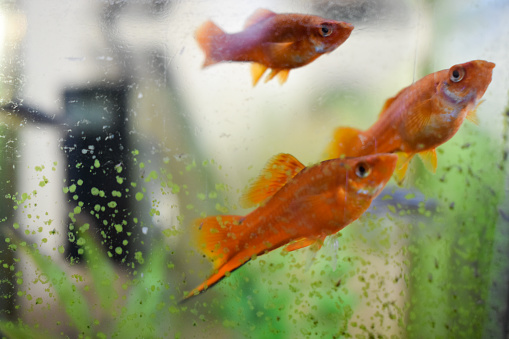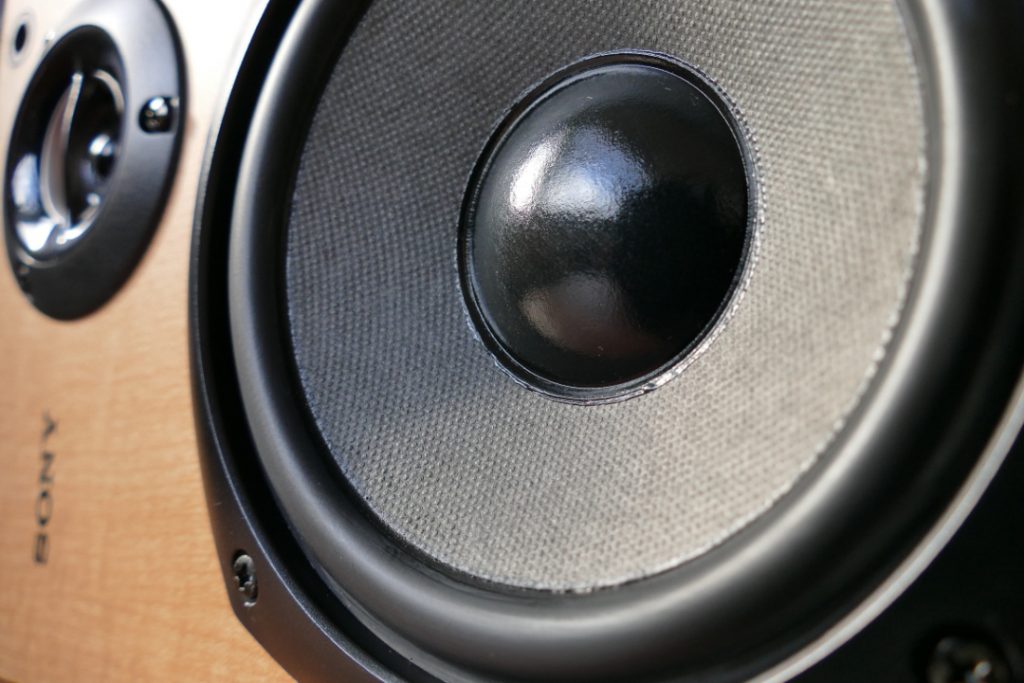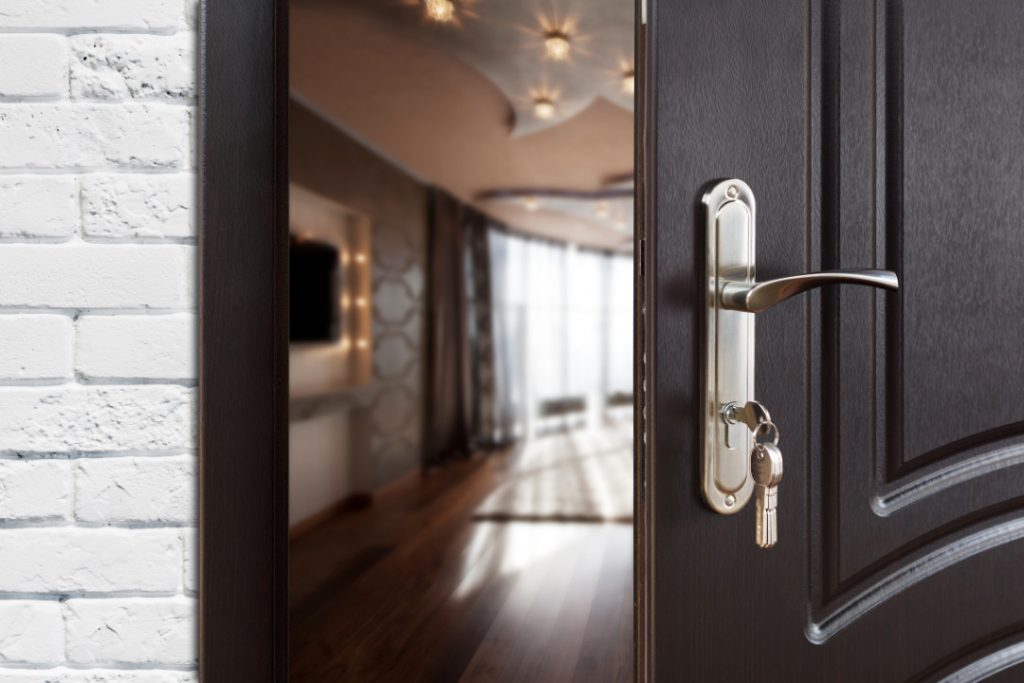Do you know how to make a fish tank filter quieter? Many people who have fish tanks come across the problem of a noisy filter. While there are several ways to silence a noisy aquarium filter, the most effective method is to change the way the water flows through the filter unit. By following these simple steps, you can make your fish tank filter much quieter without having to spend any money.
The first thing you need to do is identify where all the noise is coming from. In most cases, it will be the pump system or the return pump. If it is the pump system, then you can try adjusting the water flow rate. This can be done by reducing the size of the hose that leads from the pump to the filter or by changing the direction of the flow. If it is the return pump, then you may need to buy a new one that is designed to be quiet. Alternatively, you can try adding anti-vibration pads to reduce the noise.
Another cause of noise in fish tank filters is loud noises from heating elements. If your filter has a heating element, then you can try wrapping it in a layer of sound-insulating material. This will help to reduce the amount of noise that is generated.
How To Make A Fish Tank Filter Quieter
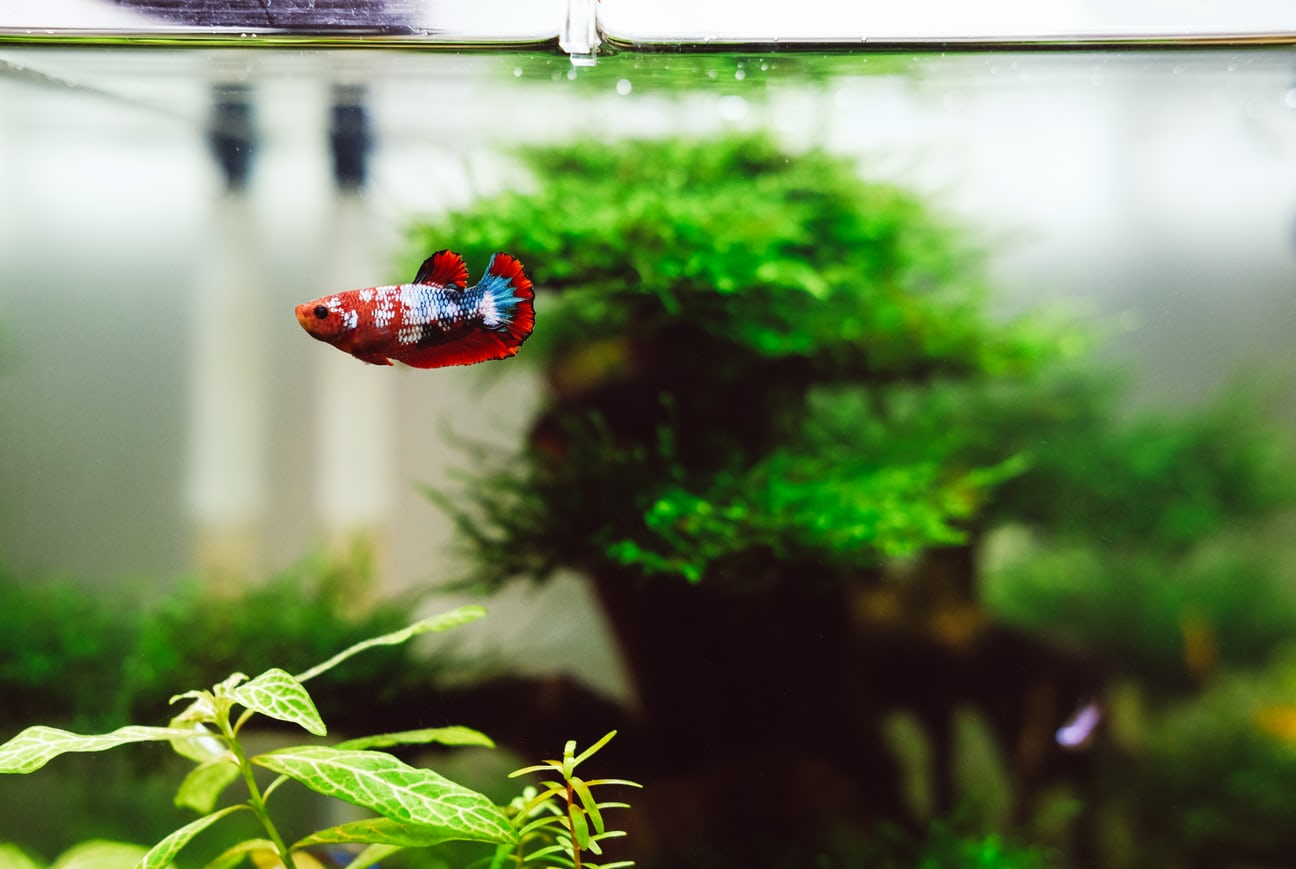
How to make a fish tank filter quieter is something that many pet fish owners struggle with. There are a few different ways to go about it, and it depends on the type of filter you have. If you have a canister filter, one way to reduce noise is to reduce the water flow rate. This can be done by adjusting the valves on the filter unit. Another way to make a canister filter quieter is to add some silicone oil to the inside of the filter. This will help to dampen the noise of the water flowing through the filter.
If you have a sponge filter, you can also add some vaseline and silicone oil to the sponge to help reduce noise. Another option for reducing noise from a sponge filter is to use a return pump with an anti-vibration pad. This will help to reduce the pump noise as well as any splashing noise from the water. Finally, if you have an air-powered filter, one way to make it quieter is to use an Air Pump Silencer. This will help to reduce the noise of the air bubbling through the water. whatever method you choose, making your fish tank filter quieter will help to create a more peaceful environment for your pet fish. By taking these steps, you can enjoy all the benefits of having a fish tank filter without all the noise.
Aquarium Filter
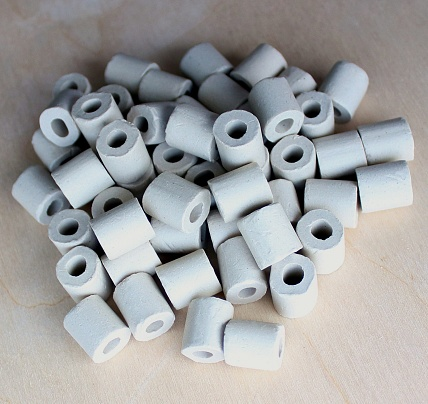
As any pet fish keeper knows, noise is an inevitable part of owning an aquarium. Water filters and air pumps create a soft humming noise that can be soothing, but other noise-makers, like rattling glass or splashing aquarium water, can be less welcome. In a small tank, these sounds can be amplified, making it difficult to create a peaceful environment. Luckily, there are a few things that can be done to reduce noise levels in an aquarium. First, try to listen closely to identify the source of the noise. If the source is a water filter or air pump, make sure that it is properly maintained according to the manufacturer’s instructions; this will help to ensure that it runs quietly and efficiently.
Another possible source of noise is debris stuck in the filter media; regular cleaning will help to keep the filter quiet. In some cases, it may be necessary to upgrade to a quieter filter or change the filtration method completely; this is an extra cost that should be weighed against the benefits of a peaceful aquarium. Glazed glass can also be used to make a fish tank filter quieter. Aquarium filters are typically made of plastic, which can amplify the noise of the water pump.
Finally, try placing heavy rugs or blankets around the tank to dampen sound waves. If the noise persists, it could be a sign that your fish tank filter isn’t working properly. In this case, you’ll need to clean or replace your filter according to the manufacturer’s instructions. If all else fails, you may need to invest in a quieter filter or larger tanks. By taking these steps, it is possible to minimize noise and create a more peaceful environment for both you and your fish.
.
Fish Tank
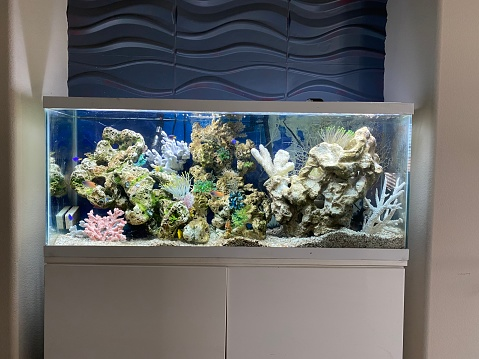
If you listen closely, you may be able to hear your pet fish swimming or splashing noise around in the water. In most cases, however, the biggest source of noise in an aquarium is the fish tank filter. In addition, manual reset filters and plain water can also contribute to filter noise. To quiet a noisy aquarium filter, you may need to replace the filter media, and return the pump, or flow rate. There are also a few things you can do to make your fish tank filter quieter.
If your filter is noisy, try getting a new filter, changing the filtration method, or using a quieter filter. This will mean extra cost but it will also help to ensure that the water flows smoothly and doesn’t cause any rattling or buzzing sounds. Next, try using a quieter filter media. You may also want to try adding filter floss or another type of mechanical filtration to reduce the noise.
If all else fails, you may need to upgrade to a Hob filter or an internal system. These types of filters are typically much quieter than external filters. A return pump is a type of filter system that is used in many aquariums. Canister filters are a type of filter unit that is typically noisy. The water pump forces water through the filter media, which can cause a rattling noise. Keeping your fish happy and healthy requires having good filtration methods in place. Not only does it remove waste products and other debris from the water, but it also helps to regulate the water flow rate and keep the tank clean.
Conclusion
Aquariums can be a peaceful addition to any home, but sometimes the soft humming of the aquarium filter can be drowned out by other noises. To ensure that your aquarium is as peaceful as possible, it’s important to keep an eye on the noise level and listen closely to take steps to reduce noise if it starts to become a problem. Water flow rates, fish tank filters, and air pumps can all contribute to noise, so make sure you’re using them properly and following the manufacturer’s instructions.

